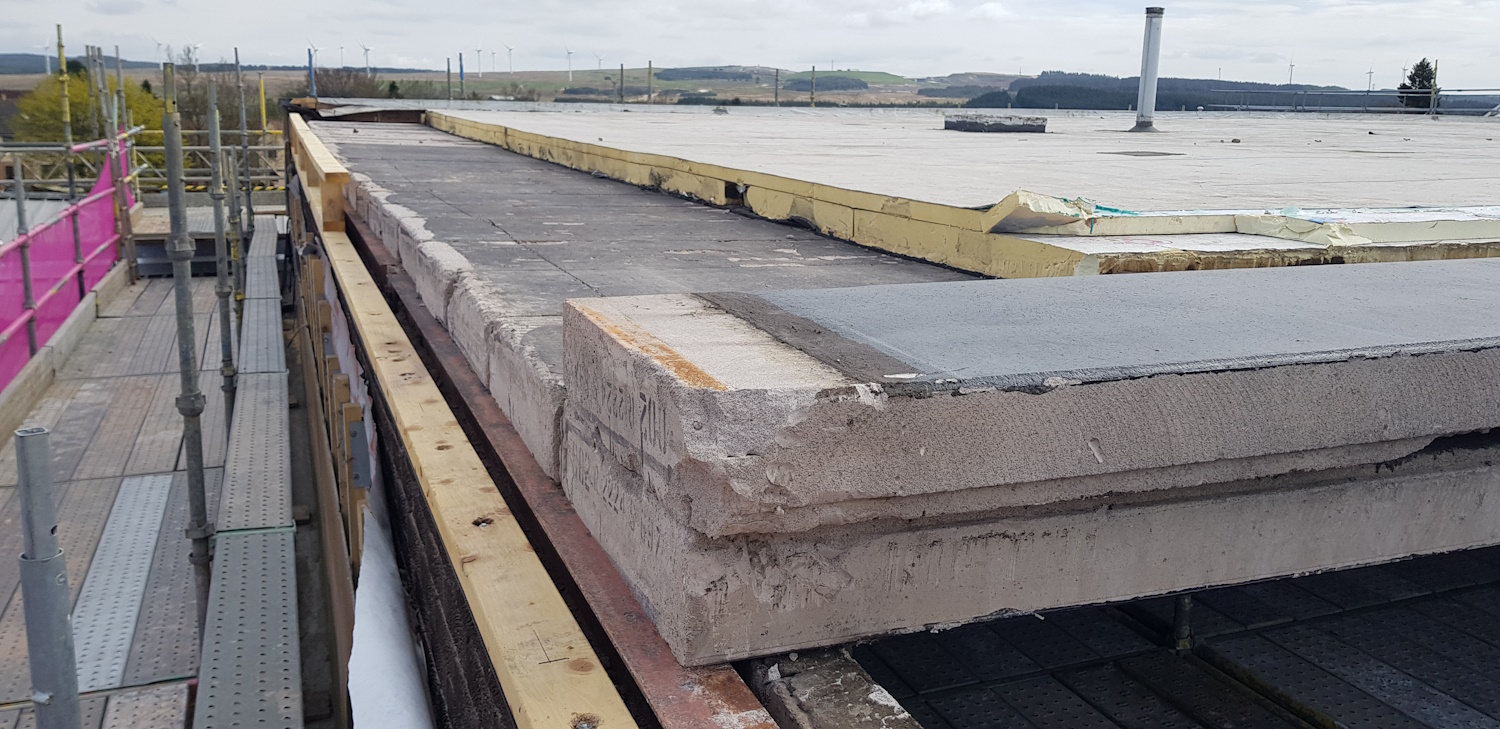
By Alan Ferns, director – structural engineering at Dougall Baillie Associates
It sometimes feels that, in the opaque realm of official decision-making, the temptation to use a sledgehammer to crack a nut is just too hard to resist. That, on the face of it, seems to be the case in the Deeside suburb of Torry in Aberdeen.
There, the local authority has decided to demolish more than 500 homes – 366 council and 138 private properties – which have been found to contain RAAC, or Reinforced Autoclaved Aerated Concrete, the building material which, in specific circumstances, can be subject to sudden collapse.
While it is most probably injudicious to comment without being in full possession of all the facts of an individual case, it does seem profligate at a time when local authorities are regularly announcing housing emergencies to simply raze so many homes to the ground.
This, of course, could be seen as the perspective of an engineer. By their nature, engineers look for the most effective and simple solution to a problem and, while I am sure all avenues were explored in Torry, the wholesale demolition of all the properties seems quite heavy-handed.
In simple terms, RAAC slabs – generally found as 600mm-wide pre-cast concrete planks and commonly used for flat roofs – can be protected and kept in situ, provided with support such as steel beams or timber joists or taken out, and the roof replaced.
To maintain affected housing stock – which, after all, is of value and has people living in it – RAAC slabs forming the roofs would need to be propped to minimise local collapse and then carefully removed, either as whole units or cut down to more manageable sizes.
Following the slab removal and making good of the wall heads and associated preparation works, a duo-pitched timber roof truss arrangement could be constructed on site and the existing superstructure arrangements utilised for support.
That said, and though risk aversion can come with the territory in local government, my firm’s experience of working with housing associations and other bodies since the Office of Government Property (OGP) issued a Safety Briefing Notice about RAAC two years ago has been largely positive.
In the relatively few cases where surveys have discovered RAAC, the most common reaction has been to seek professional advice on how to most effectively maintain stock and then take action based on that advice.
And, despite the exhaustive investigations which have taken place since the OGP put the onus on those responsible for central and local government buildings to know whether their buildings contain RAAC, the actual instances of the material posing a significant threat have been vanishingly small.
A recent report by a Scottish Government Ministerial Working Group on RAAC in the public sector found that, of 65 core government buildings surveyed, no evidence whatsoever of the suspect material was found. The numbers are apparently negligible in other areas as well. In schools and early learning centres, out of 1,477 buildings assessed, just 39 had RAAC; in the Police Scotland estate, out of more than 300 buildings, four had RAAC. In the Scottish Prison Service, only one instance has been identified; the same applies to the Courts and Tribunals Service; The Fire Service investigated 357 stations and found just 14 to be affected.
With figures like these, it is clear that the dangers posed by RAAC need to be kept in perspective and that, while it was only right that public bodies discovered the scale of the problem, the solutions do not necessarily have to be as draconian as originally thought. Remedial solutions, in the right circumstances can be a viable alternative to demolition.
Anyway, local authorities may soon have more on their plate to worry about. A report out last month claims that the toxic material asbestos is present in 21,000 schools out of 32,000 in the UK and that ‘hundreds of thousands’ of people will die of exposure to it. While the report is by an interested party – a group of teaching unions – its campaign for asbestos removal is being backed by a mass circulation national newspaper, and pressure for action on this perceived threat is only likely to grow.
However, asbestos is a known problem and can be dealt with by professionals. After two years of exhaustive and intensive surveys, RAAC is still an underlying problem, but it certainly doesn’t mean that it is the end of the building’s life, and there are known methods to inspect, monitor and replace it.












